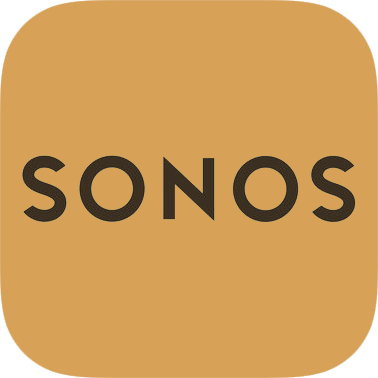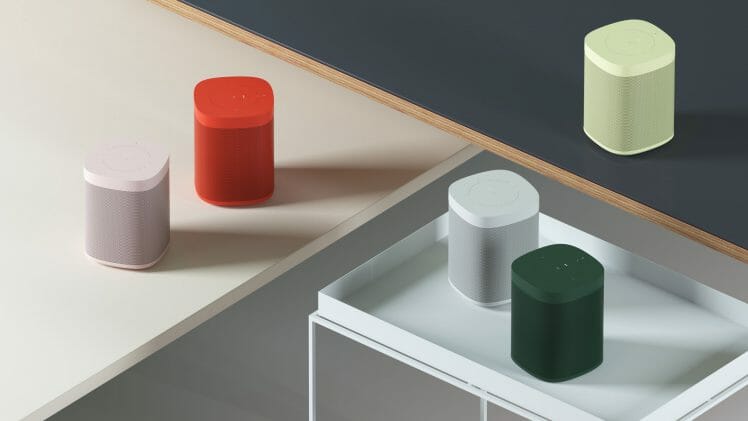You may have noticed that there are now two Sonos controller apps, where previously there was just one. There is a gold app, named Sonos, and a dark grey app, named Sonos S1:


You may also have noticed that you cannot simply pick whichever one you think is prettier. Indeed, you may have noticed that there are now strict rules around how to set up your system. This guide will explain what is going on here — and why — and then help you work out which of the two apps you need for your setup.
NOTE The information here applies irrespective of which operating system you use. Both the Sonos and Sonos S1 apps are available for iOS, Android, FireOS, macOS, and Windows.
What's going on?
Early in 2020, Sonos announced that a limited selection of its older products would no longer be supported. Then, under pressure, it backtracked and announced that those older products would be supported after all — but in a two-tier system. That two-tier system is now in operation.
Put as simply as possible, the ecosystem now works like this.
- If your setup consists only of products in the new tier, you must use the gold Sonos app
- If your setup consists only of products in the old tier, you must use the dark grey Sonos 1 app
- If your setup consists of a mixture of products in the new and old tiers, you must use the dark grey Sonos 1 app
Which product needs which app?
The products are divided as follows:
Models that work with both the Sonos and Sonos S1 apps:
- Amp
- Beam
- Boost
- Connect (Gen 2)
- Connect:Amp (Gen 2)
- Move
- One (Gen 1)
- One (Gen 2)
- One SL
- Play:1
- Play:3
- Play:5 (Gen 2)
- Playbar
- Playbase
- Port
- Sub (Gen 1)
- Sub (Gen 2)
- Symfonisk
Models that work only with the Sonos S1 app:
- Bridge
- CR200
- Connect (Gen 1)
- Connect:Amp (Gen 1)
- Play:5 (Gen 1)
- ZonePlayer 80
- ZonePlayer 90
- ZonePlayer 100
- ZonePlayer 120
- ZonePlayer S5
Models that work only with the Sonos app:
- Arc
- Five
- Sub (Gen 3)
What does this mean for me?
That depends. If you have only newer products, you can pretty much stop reading here. You can use the gold Sonos app, and rest assured that you’re within the most up-to-date ecosystem. Hurrah.
For everyone else, things are a little more complicated. If you have a mixture of newer products that are capable of running on either app and older products that require the dark grey Sonos S1 app, then you must use the dark grey Sonos S1 app for all your devices. This is straightforward, in that it still provides a single point of control for your entire system, but in the long run it does come with some drawbacks.
The first drawback is that while all your products will still receive security updates, they will no longer receive software or feature updates — and nor will the Sonos S1 app you’re using to control them. So, if you want to stay up to date, you’ll eventually need to phase out the products that are tying you to the Sonos S1 app.
The second drawback is that some of Sonos’s newer products cannot be placed into this hybrid system, which means that if you wish to install Sonos’s latest and greatest, you will effectively need to run two systems: A system with newer products controlled by the gold Sonos app, and system with older products controlled by the dark grey Sonos S1 app. There is nothing technically wrong with having parallel setups, but it obviously defeats the point of Sonos, which is to control all your music from one place.
It seems inevitable that Sonos will eventually be forced to drop support for their oldest products — even if it forces a backlash — but that day is not coming yet, and, until it does, a good number of users will be stuck in limbo.
